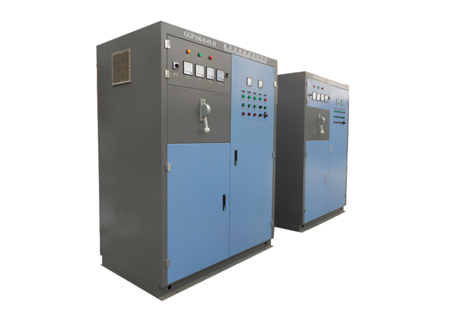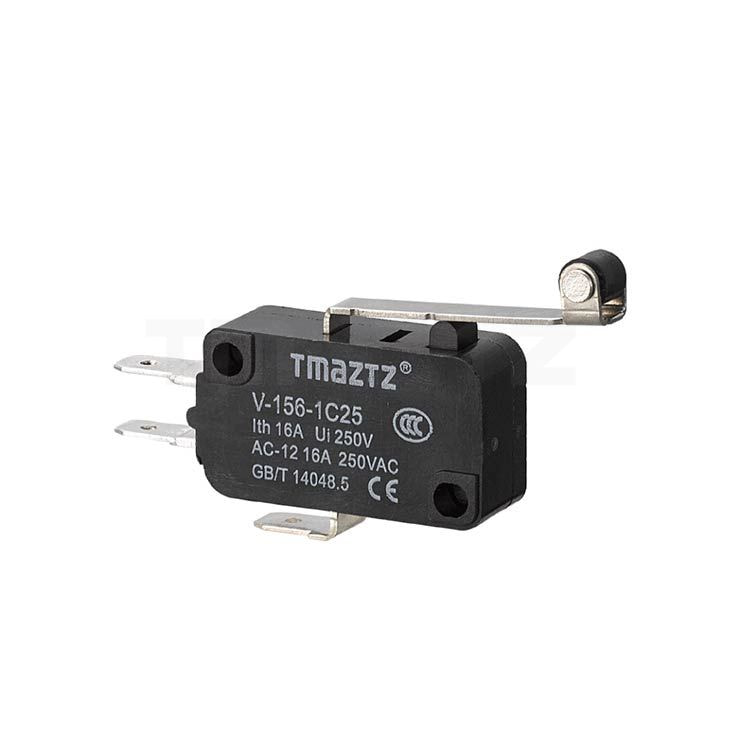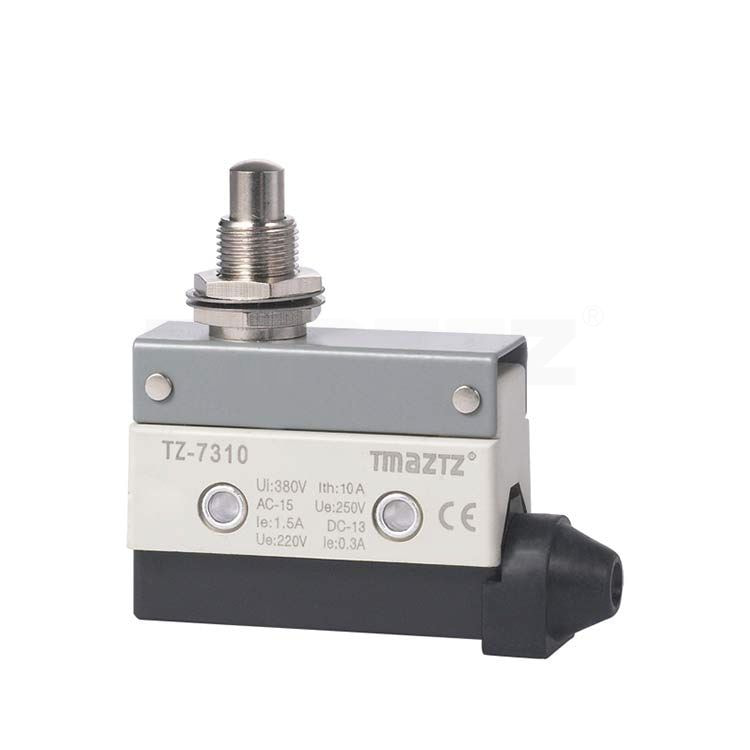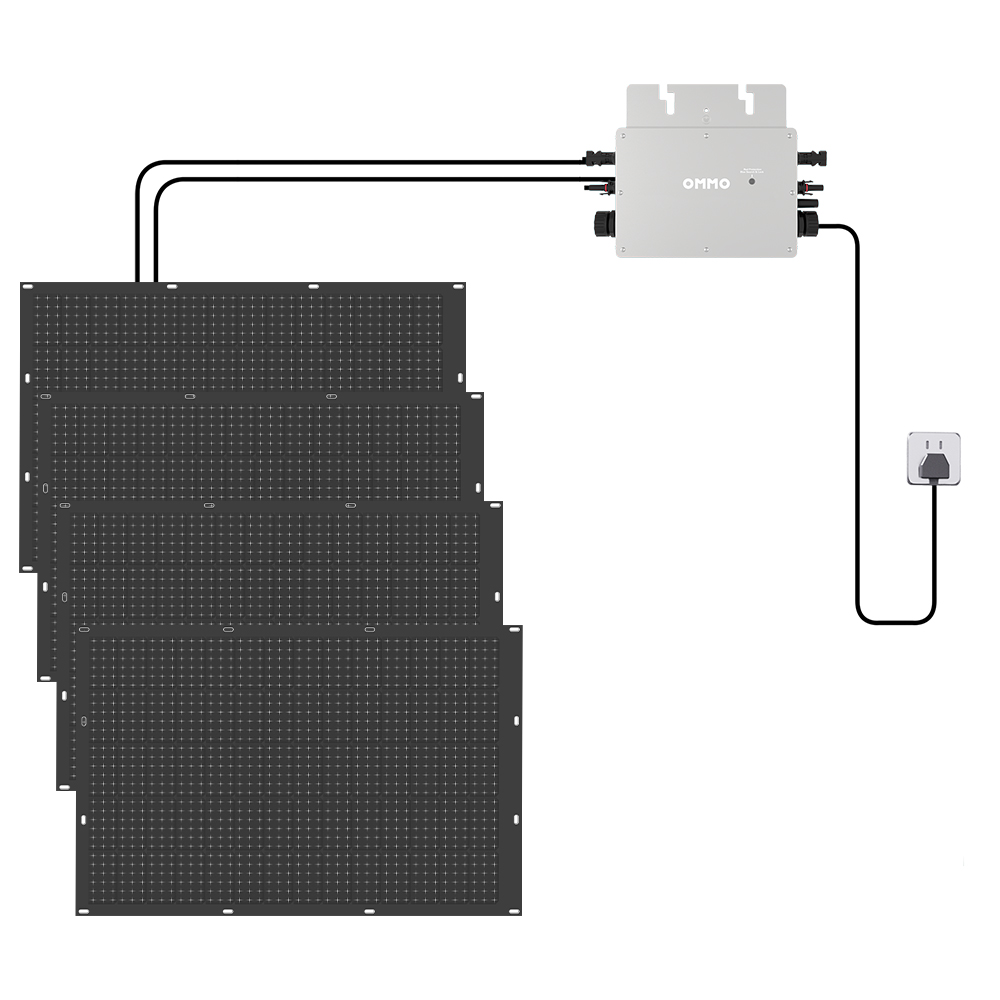High-frequency welding (HF welding) is a specialized welding process that uses high-frequency electrical energy to join two pieces of metal. This method is primarily used for welding thin-walled tubes and pipes, often in the manufacturing of products such as steel pipes, aluminum tubes, and copper plumbing.
Here's an overview of how high-frequency welding works:
1. Setup:
High-frequency welding machines consist of several key components, including a power supply, a high-frequency generator, an induction coil, and a squeeze roll assembly.
The power supply generates a high-frequency electrical current (typically in the radio frequency range) and directs it to the induction coil.
2. Induction Heating:
The two edges of the metal strip or tube to be welded are positioned near or against each other but not in contact.
The high-frequency electrical current passes through the induction coil, creating a rapidly alternating magnetic field.
The rapidly changing magnetic field induces electrical currents, known as eddy currents, within the edges of the metal strip or tube. These eddy currents generate heat due to the electrical resistance of the metal.

High Frequency Welder
3. Heating and Welding:
As the metal edges heat up rapidly, they reach the melting point or a plastic state.
The squeeze roll assembly applies pressure to the heated edges, pressing them together.
The combination of heat and pressure causes the edges to fuse together, forming a continuous weld seam.
Featured content:Installing a Suspension Clamp: A Comprehensive GuideUses & Applications of Diesel GeneratorsWhat does explosion proof mean?
4. Cooling and Sizing:
After welding, the newly formed seam passes through a cooling section to rapidly cool and solidify the weld.
The weld seam may also pass through sizing rolls to ensure it meets the desired dimensions and tolerances.
5. Inspection and Quality Control:
The welded product is typically subjected to various quality control checks, including visual inspection, dimensional measurements, and non-destructive testing, to ensure the weld meets the required standards.
High-frequency welding offers several advantages, including:
High-speed production: HF welding can produce welded tubes and pipes at high speeds, making it suitable for mass production.
Consistent weld quality: The process provides uniform heating and precise control, resulting in consistent weld quality.
Minimal material distortion: HF welding minimizes distortion and heat-affected zones, especially in thin-walled tubes.
Versatility: It can be used with a variety of metals, including steel, aluminum, and copper.
However, high-frequency welding is best suited for joining thin materials and may not be suitable for thicker metal sections, which may require other welding methods like TIG or MIG welding.
Featured content:Importance of Clamps in AB Cable SystemTips for Choosing Rack Enclosures: A Comprehensive Guide for Seamless IntegrationWhat Are the Basics of Limit Switches?Differences Between Limit Switches, Travel Switches, and Proximity SwitchesUnleashing the Potential: The Balcony Power Plant RevolutionWhat Is a Limit Switch?









Comments
Please Join Us to post.
0